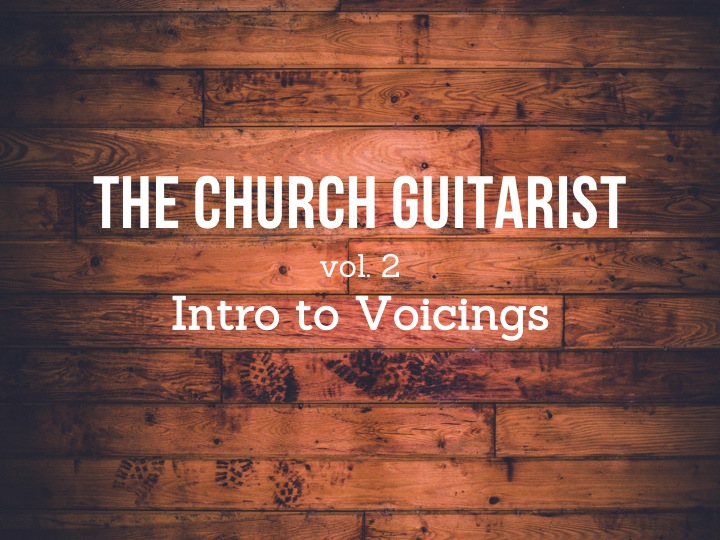We've been looking at lots of things relating to your guitar playing. Well, we're going to take a little trip into some music theory that will serve as a huge resource for your playing. Its a practical, simple concept that will unlock chord progressions for you, help you transpose (change keys) on the fly and use a capo and not feel like you’re cheating.
Have you ever heard someone in rehearsal say something like "let's end on the four chord," or "let's not do those chords, let's do one, five, six, four instead"? A lot of people shy away from music theory, but trust me, this is useful and really easy once you get it. Here goes:
Think about a scale in C. Here are the notes: C D E F G A B
So far, so good? In music theory, the notes get numbered like this:
C D E F G A B
1 2 3 4 5 6 7
So, C is the first note in the key of C. D is the second, E is the third and so on. What would be the fourth? F, right? Good.
Well, the chords you play in the key of C are based on those same notes and take on the same numbers. So your chords (in C) get numbered like this:
C Dm Em F G Am Bdim*
1 2 3 4 5 6 7
*diminished (you don't play diminished chords much in basic pop music)
So, just like above, a C chord in the key of C is called the “1” chord. The “2” chord is D minor in the key of C. E minor is the “3” chord and F is the “4” chord, etc. All the chords in C would numbered like this:
C = the 1 chord
Dm = the 2 chord
Em = the 3 chord
F = the 4 chord
G = the 5 chord
Am = the 6 chord
B = the 7 chord
Does is make sense then how someone might say “let’s play 1, 4 and 5 in C” and that it would mean playing C, F and G? The numbers just associate with the chords in the key. And its relative to whatever key you are in. For example, C in the key of C was the “1” chord but in the key of G, it would be something else because in the key of G, G is the “1” chord. In the key of G the chords would be numbered like this:
G = the 1 chord (in G)
Am = the 2 chord
Bm = the 3 chord
C = the 4 chord
D = the 5 chord
Em = the 6 chord
F# = the 7 chord
So in the key of G a chord progression like G – C – D – Em would be what numbers (answer at the bottom of the post)?
Chew on it for a little while. Start thinking about your chords in terms of numbers. In the next post we’ll take it a little further to look at how you can use this with songs and the different numbering systems (traditional and Nashville) that are used.
Try it out on some songs and let me know if you have any questions! You can find part two, here.
PA
* G – C – D – Em = 1, 4, 5 and 6 in the key of G.











